How to clean an electric kettle
Expert advice on how to clean an electric kettle for better tasting tea and coffee
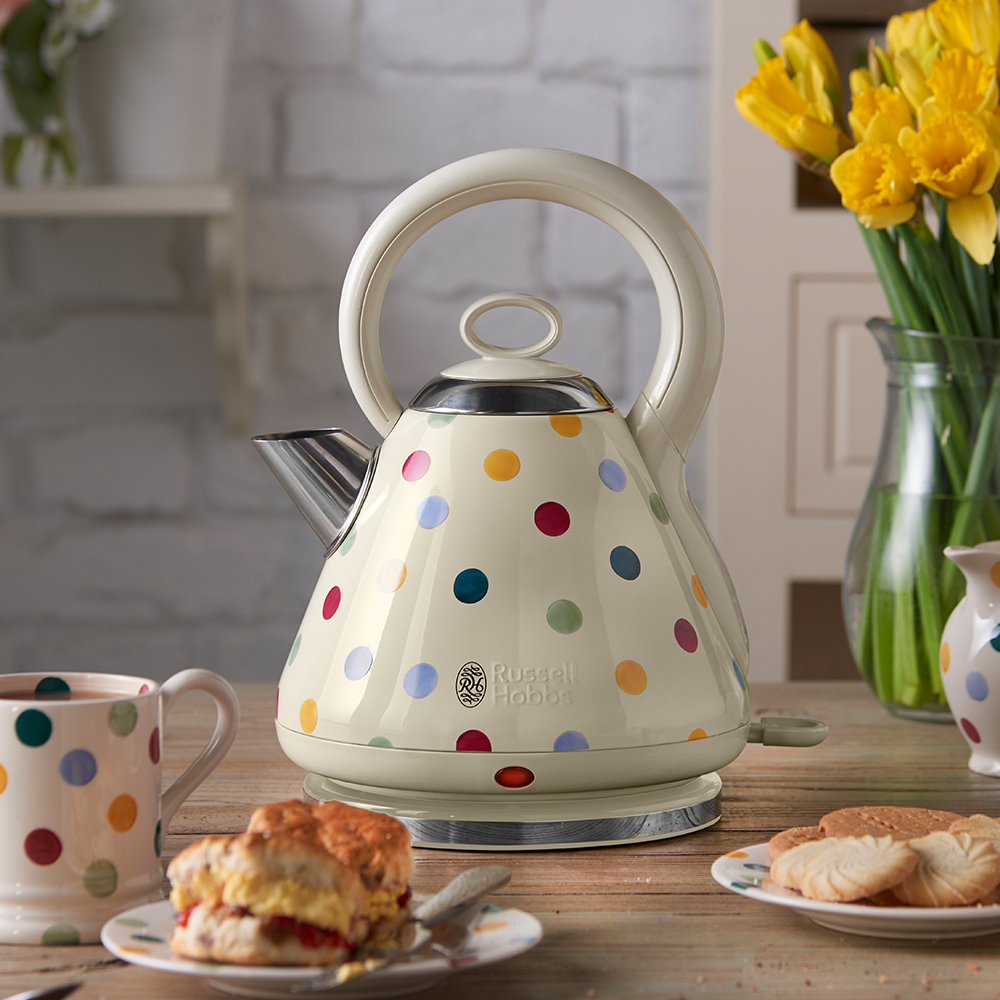

Knowing how to clean an electric kettle is vital, not only to ensure the best-tasting tea or coffee, but also for hygiene reasons. While you may enjoy a hot cup of tea or coffee multiple times a day, have you ever stopped to consider whether your kettle needs a good clean?
'A kettle is actually one of the most germ-prone appliances,' says Lucy Searle, Global Editor in Chief for Homes & Gardens. 'As well as cleaning the outside and the handle, it’s also important to give it a proper descale to prevent mineral deposits building up inside.'
Giving it a clean will also hopefully ensure the best kettles have a longer life, too. So next time you’re in the kitchen thinking about making that brew, take a moment to give your electric kettle a thorough clean. Here's how.
How to clean an electric kettle
As well as using the kettle for tea and coffee, we also use them for hot water for cooking as well as things like instant noodles and soups. So it’s really important to keep it clean inside and out, removing any mineral build-up and bacteria on a regular basis. If left untreated, the water will become furry and taste bad.
To clean an electric kettle only takes a few products you already probably have at home and ideally you should aim to descale it at least four times a year. Experts explain how to below so that you can make it part of your kitchen cleaning routine.
1. Clean the outside of an electric kettle
Try to clean the exterior once a week to remove any smudges and keep it hygienically clean to touch. Cleaning stainless steel appliances requires a little more work than plastic, but both are easy to tackle, if done regularly.
To clean an electric kettle on the outside, all it takes is a quick wipe with a damp cloth. 'Give it a wipe down with a microfiber cloth using just water,' says Queen of Clean Lynsey Crombie.
2. Descale an electric kettle
To descale an electric kettle you’ll need a non-abrasive sponge or bottle brush, a microfiber cloth, some distilled white vinegar, lemon juice or citric acid powder and dishwashing liquid.
Clare Edwards, Home Economist at Smeg says that the most straightforward way to descale an electric kettle is by using a solution of lemon or vinegar mixed with water. 'Boil this mixture in your kettle and leave it to stand for a while to break down and remove limescale. Opting for a kettle with a removable limescale filter in its spout also makes for simple cleaning.'
'My eco tip is to fill half of it with water and the other half with white vinegar, boil, leave to stand for 10 minutes, then fill with normal water and boil again – your kettle is now sparkling clean and ready to use again,' says Lynsey Crombie.
If you want to use the vinegar option, fill the kettle with equal parts water and distilled white vinegar and put it on to boil. Allow it to cool for at least 20 minutes then pour away and rinse thoroughly a few times until the water runs clear.
To use lemon juice or citric acid powder it’s the same method but substituting the vinegar for the lemon or powder instead. Once you’ve done the above, unplug the kettle and remove the water filter if it has one. Clean this using the manufacturer’s instructions – usually by soaking in hot water and distilled white vinegar for five or 10 minutes. Rinse well.
Or opt for a made-for-purpose product: Oust's all-purpose descaler (on sale at Amazon) can tackle kettles, irons, coffee makers and shower heads with ease.
3. Scrub the inside of the kettle – and rinse
Next, scrub the inside of the kettle; this will loosen any limescale left behind, particularly around the spout – both inside and out. Finally, half-fill the kettle with water and boil once more for a final rinse or two.
Never submerge an electric kettle in water, which will damage it beyond repair.
What is the fastest way to descale a kettle?
The fastest way to descale a kettle is to fill it with a mixture of half white vinegar and half water, and leave to soak overnight. (Make sure the kettle is unplugged and there's a note on it so nobody uses it accidentally). In the morning, the limescale will come off easily.
How do you clean an electric kettle without vinegar?
To clean an electric kettle without vinegar, mix a teaspoon of baking soda with 500ml of water. Pour the solution in the kettle and let it boil for 15 minutes. Leave the mixture in the kettle for another 15 minutes. Pour out the solution and rinse a couple of times with cold water.
Sign up to the Homes & Gardens newsletter
Design expertise in your inbox – from inspiring decorating ideas and beautiful celebrity homes to practical gardening advice and shopping round-ups.

Hayley is an interiors journalist, content provider and copywriter with 26 years experience who has contributed to a wide range of consumer magazines, trade titles, newspapers, blogs and online content. Specialising in kitchens and bathrooms, she has twice won the CEDIA Award for Best Technology feature. Hayley writes for H&G about kitchens, bathrooms, cleaning, DIY and organizing.
-
 'Sexy disco-era Italy meets Japanese farmhouse in the Brazilian jungle' was the description the interior designer gave this glass-walled modernist home
'Sexy disco-era Italy meets Japanese farmhouse in the Brazilian jungle' was the description the interior designer gave this glass-walled modernist homeOffering a warm welcome that defies its stark, modernist lines, this archictectural gem is full of surprises
By Karen Darlow
-
 Are you making the most out of the estate sales in your area? These are the 5 most valuable items you should be shopping for
Are you making the most out of the estate sales in your area? These are the 5 most valuable items you should be shopping forVintage lovers and antique experts share the objects you should always look out for when you're exploring an estate sale
By Eleanor Richardson
-
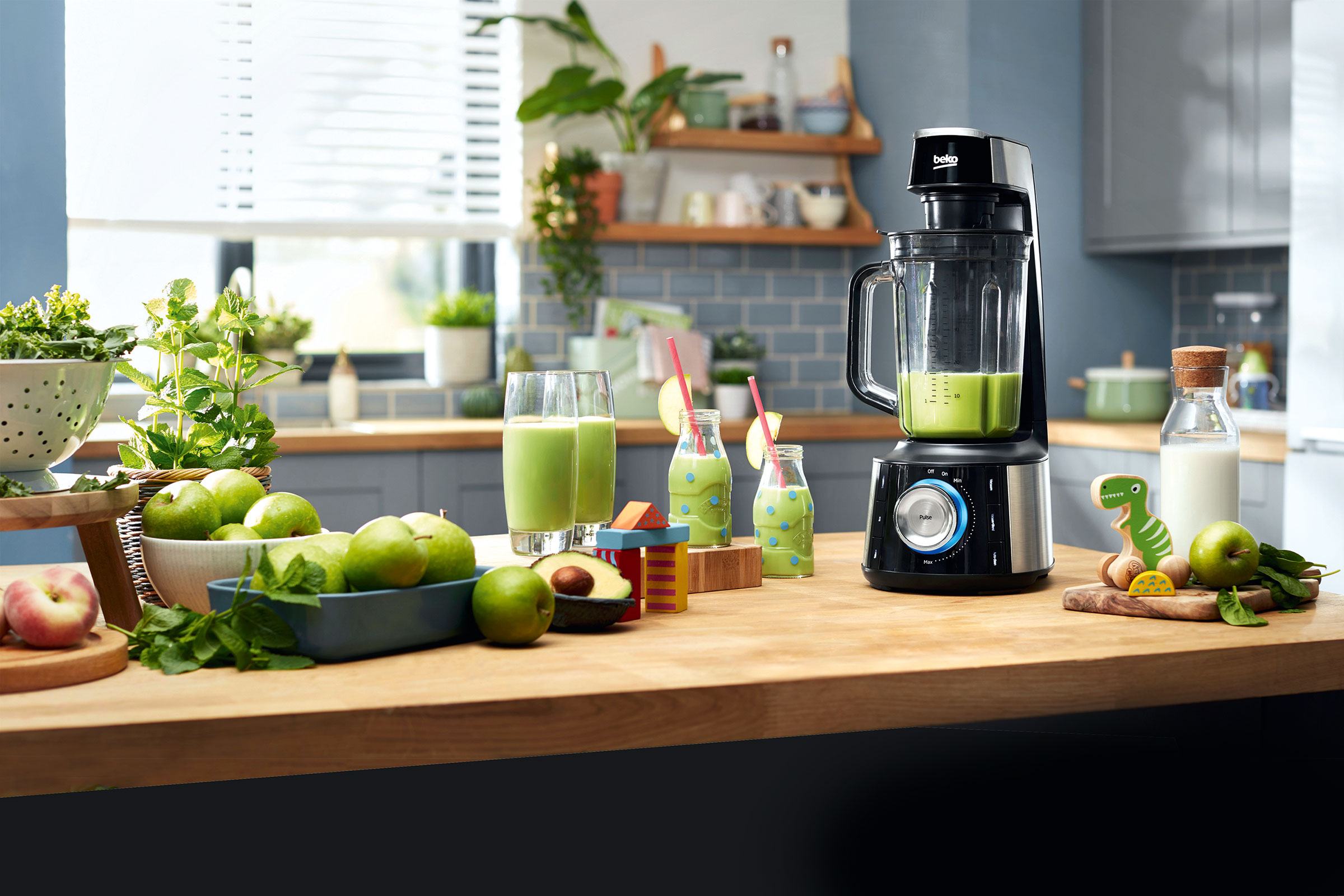 How to clean a blender – keep it hygienic and make it last
How to clean a blender – keep it hygienic and make it lastIt’s a hard-working kitchen appliance, so find out how to clean a blender with our guide
By Linda Clayton
-
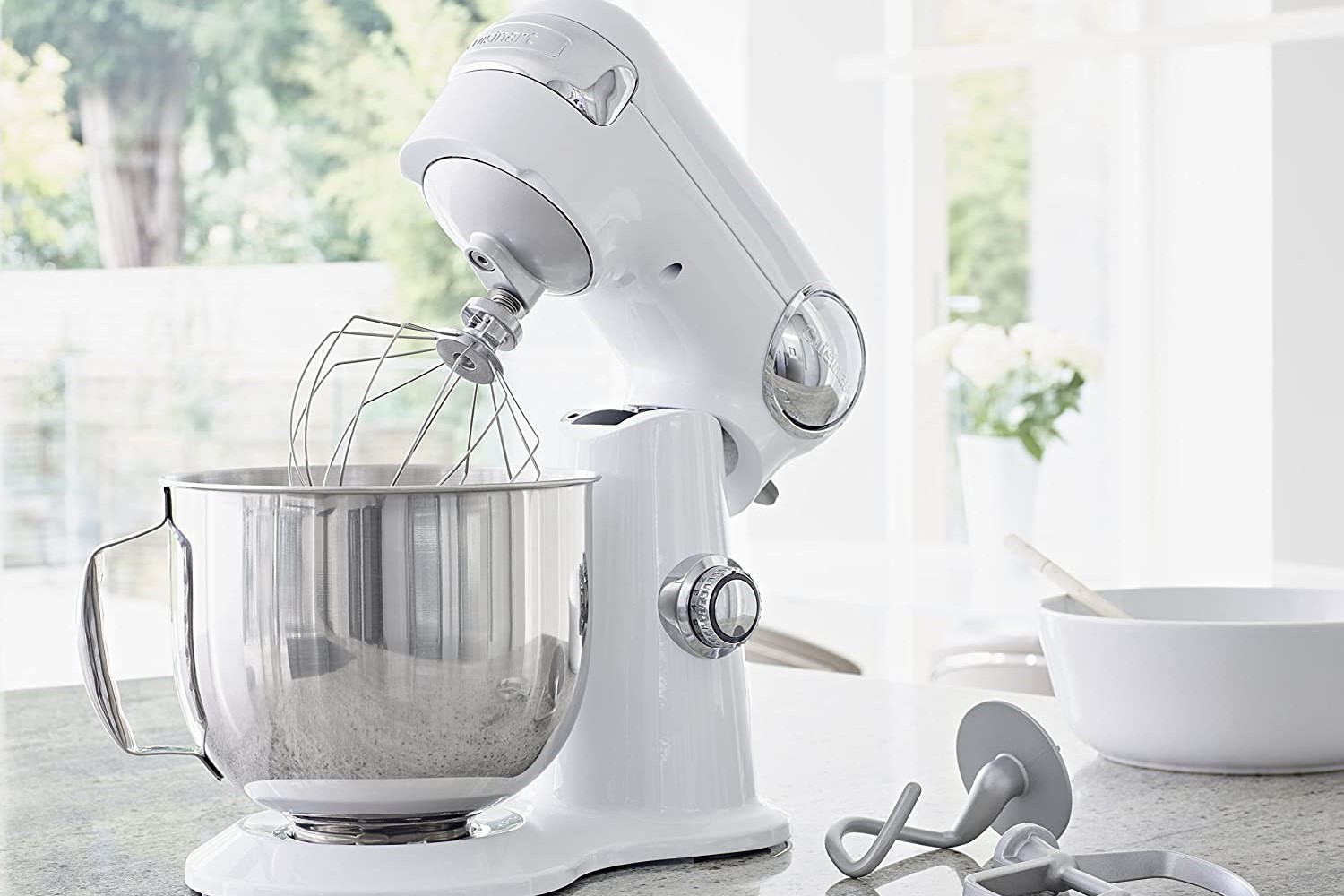 How to clean a stand mixer – 5 simple steps to streak-free shine
How to clean a stand mixer – 5 simple steps to streak-free shineWondering how to clean a stand mixer? We've condensed the process into 5 simple steps. Here is everything you need to know...
By Millie Fender
-
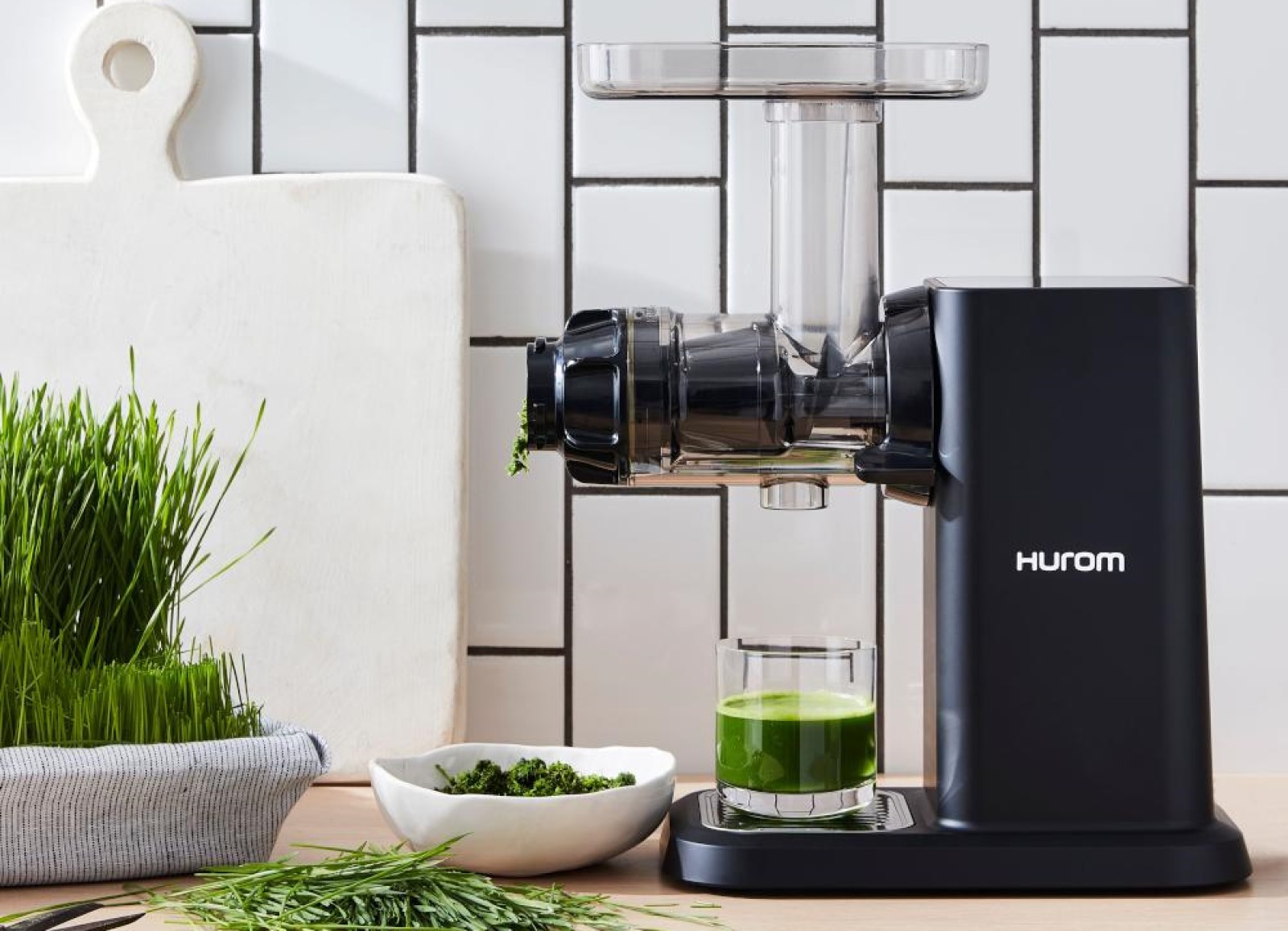 How to clean a juicer – 5 tips to make juicing clean and easy
How to clean a juicer – 5 tips to make juicing clean and easyIncluding advice for centrifugal and cold press juicers, here is how to clean a juicer
By Millie Fender
-
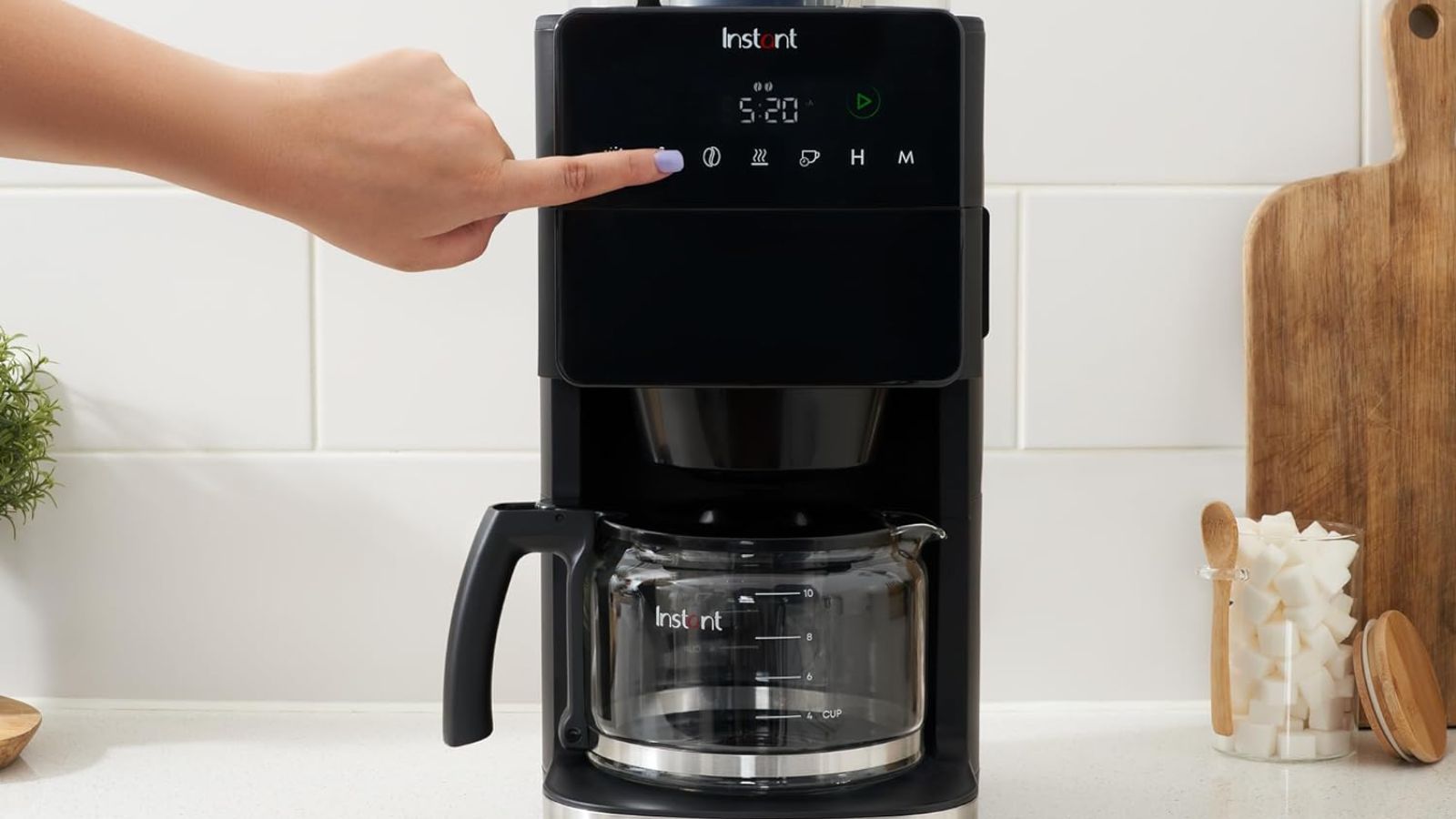 How to clean a coffee maker – and why you shouldn't use vinegar
How to clean a coffee maker – and why you shouldn't use vinegarThis is when and how to clean a coffee maker for the best-tasting brews, and why vinegar can damage your machine
By Ruth Doherty
-
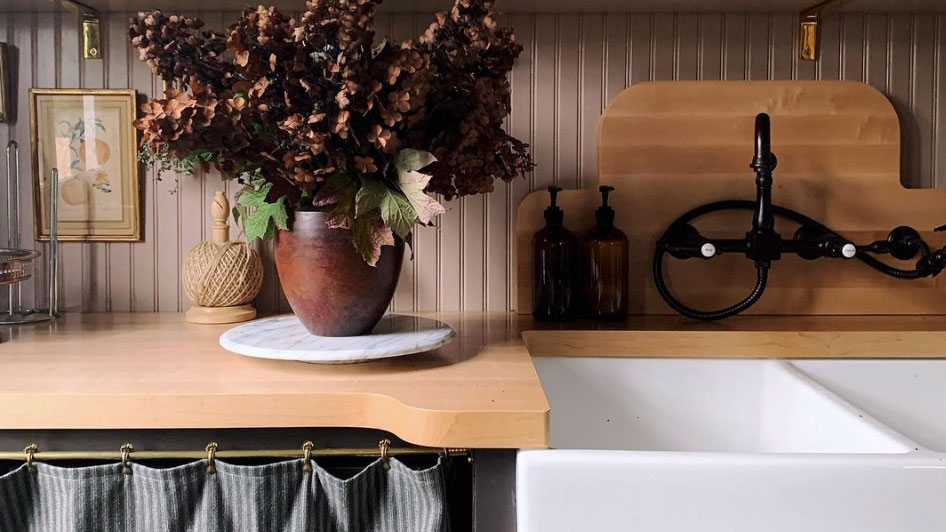 Using white vinegar in laundry – to deodorize and brighten clothes quickly
Using white vinegar in laundry – to deodorize and brighten clothes quicklyThinking of using white vinegar in laundry? This simple ingredient will leave you with soft, odorless clothes, instantly
By Megan Slack
-
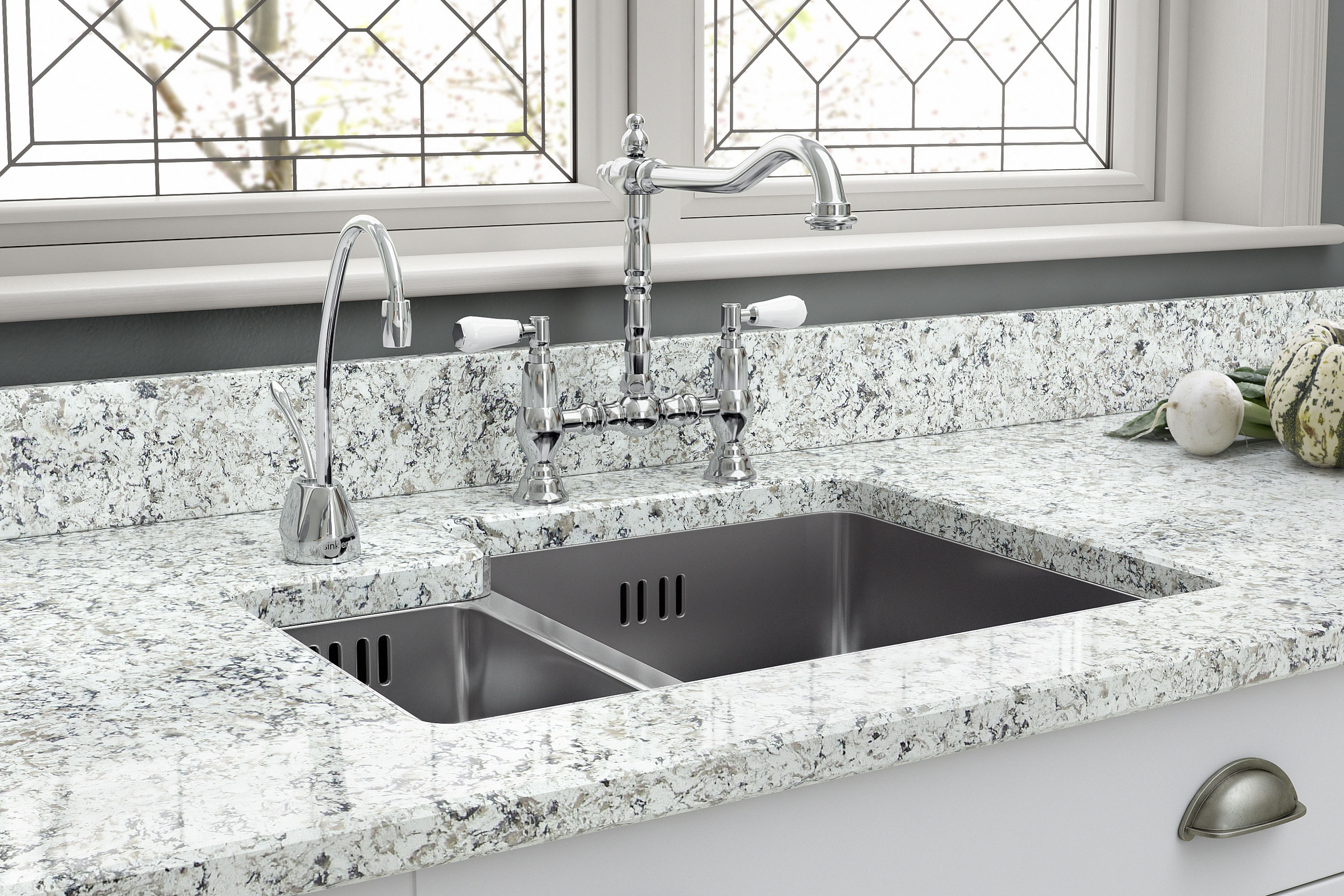 How to clean a stainless steel sink – 5 steps to a streak-free shine
How to clean a stainless steel sink – 5 steps to a streak-free shineDiscover how to clean a stainless steel sink so it sparkles like it’s brand new
By Sarah Warwick
-
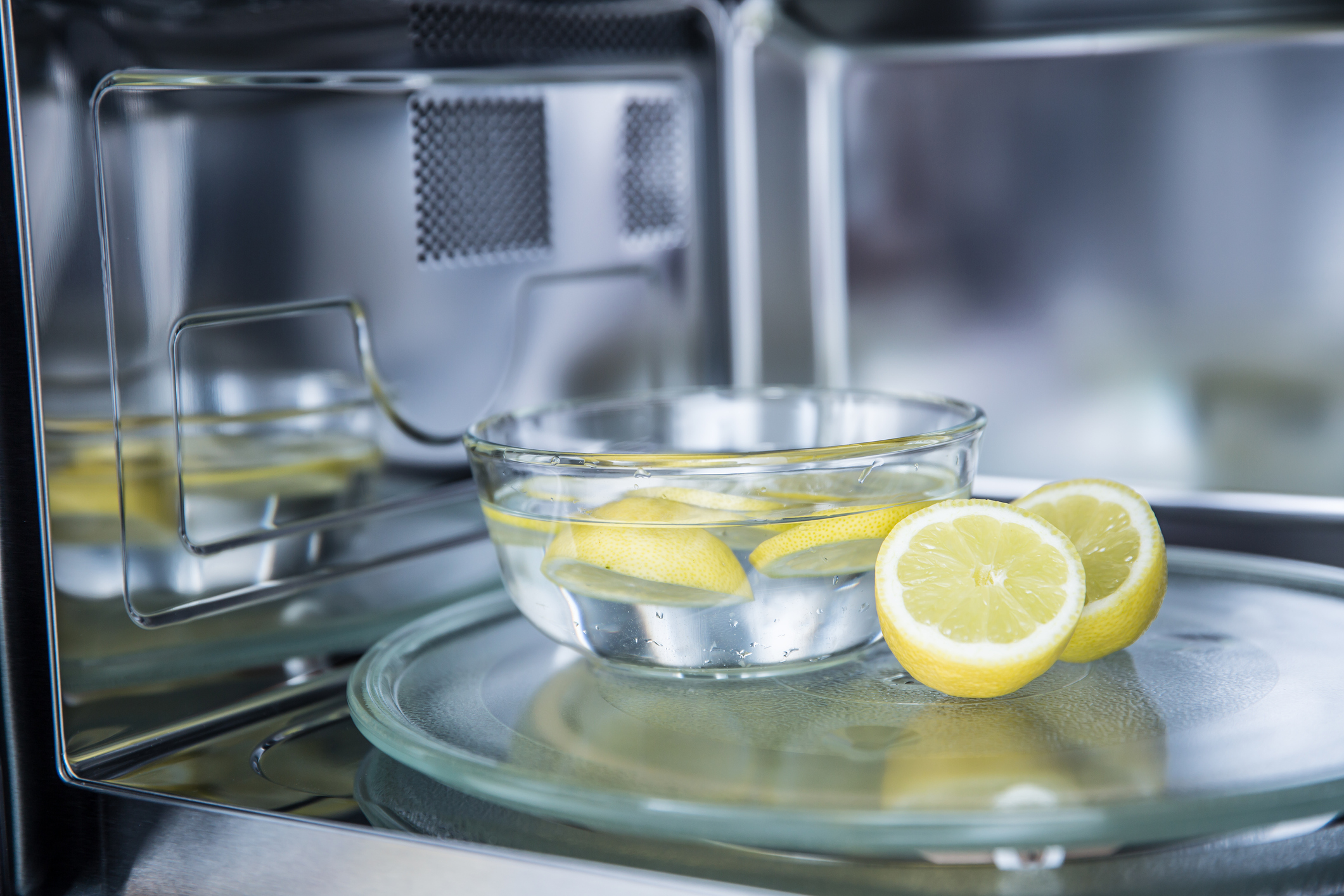 How to clean a microwave – easy ways to get it spotless with vinegar, lemon and more
How to clean a microwave – easy ways to get it spotless with vinegar, lemon and moreDiscover the experts’ advice on how to clean a microwave and rid it of debris, splashes, and lingering odors
By Sarah Warwick
-
 How to clean a washing machine – and maximize its lifespan
How to clean a washing machine – and maximize its lifespanLearning how to clean a washing machine will ensure it delivers its best results and lasts for longer, too
By Lucy Searle